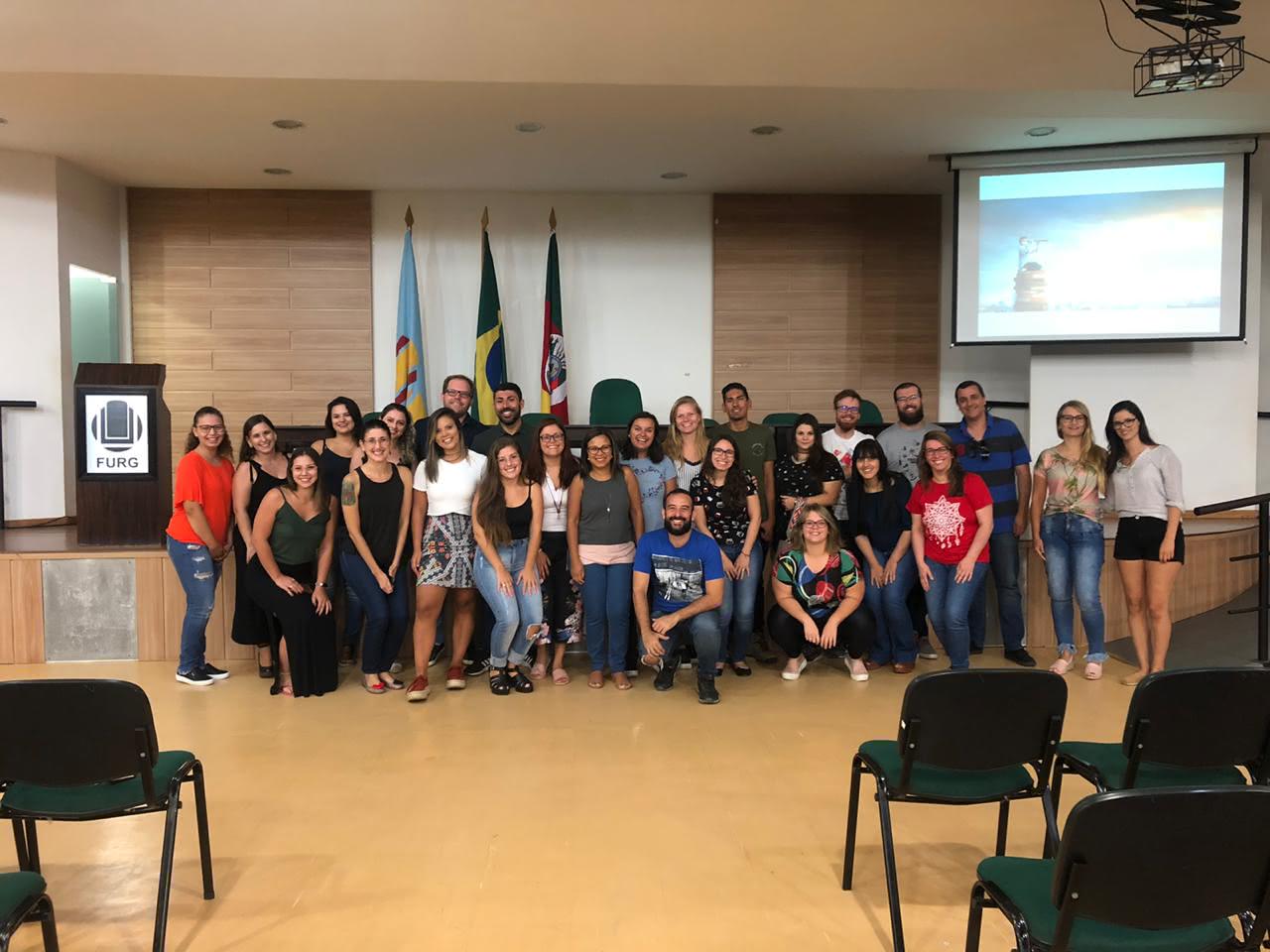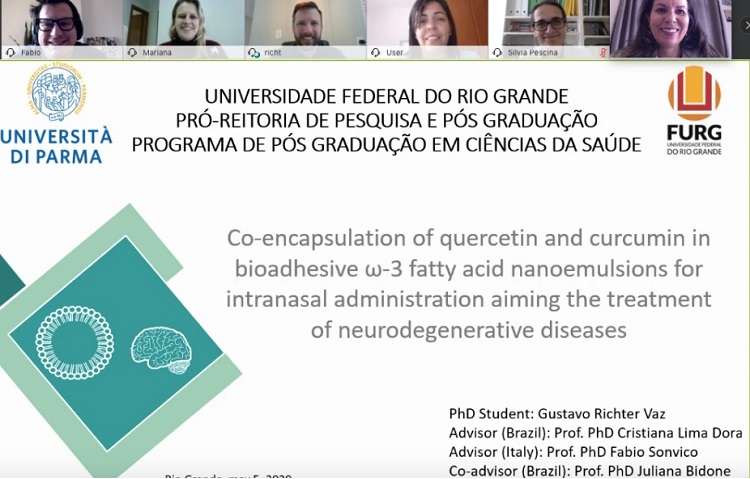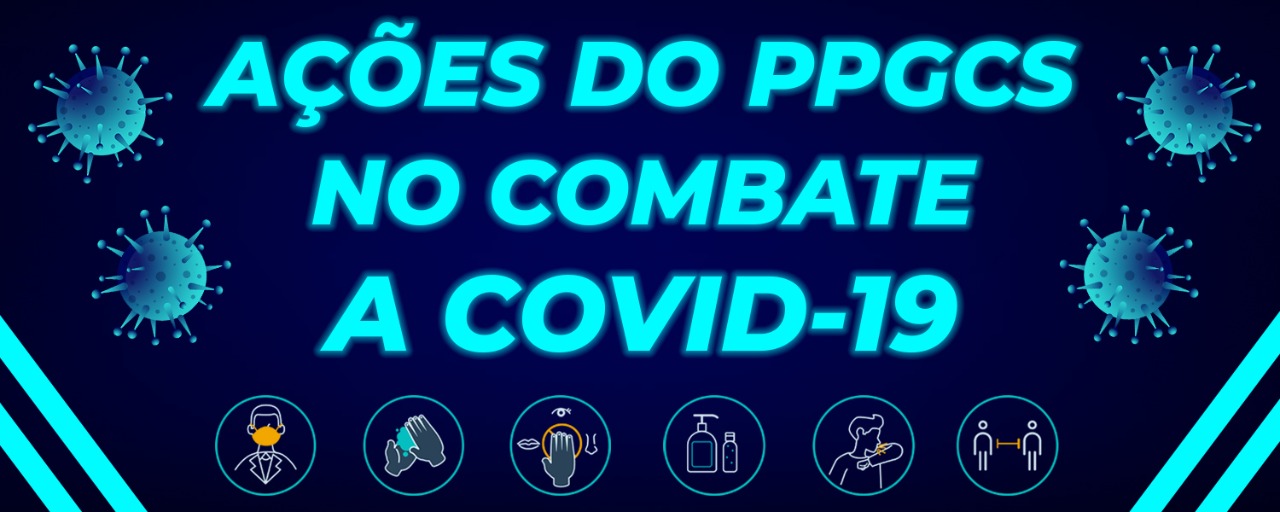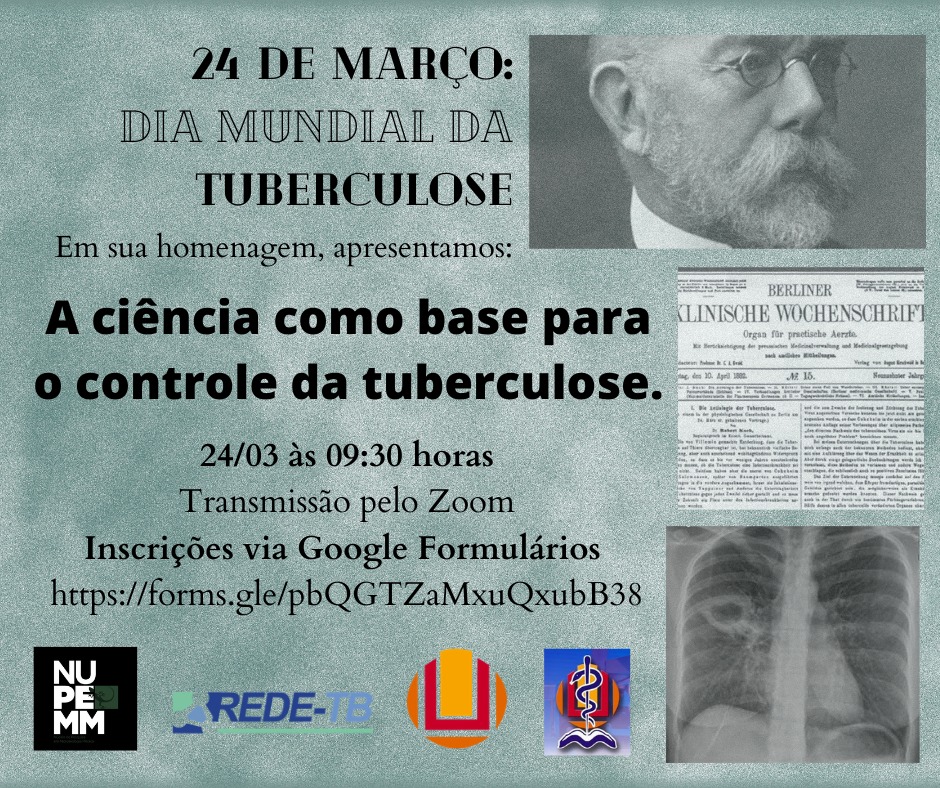Laboratories
LABORATORY OF MOLECULAR BIOLOGY
Located at the Medical School, this laboratory has the necessary infrastructure for the development of projects using as methodology molecular tools such as PCR, cloning, genotyping, gene expression, etc. This multiuser laboratory is aimed especially at the development of projects of bacteriology, mycology, parasitology, and virology.
LABORATORY OF MYCOBACTERIOLOGY
Located at theMedical School, this laboratory is equipped with automatic and semiautomatic machines, as well as it hasa biosafety room, which enables the development of projects where Mycobacterium tuberculosis and other mycobacterioses are managed. In this laboratory, projects are carried out for the development and evaluation of new diagnostic methods for tuberculosis, with the transfer of technology to the local health services. Besides that, there are other projects, such as the development of new antimicrobials and inhibitors of the efflux mechanism to characterize the main mechanisms of resistance to antimicrobials observed in M. tuberculosis, especially to characterize the mechanism of efflux and their possible inhibitors.
LABORATORY OF MOLECULAR MICROBIOLOGY AND CELLULAR CULTURE
Located at the Medical School and recently structured, this laboratory is divided in two rooms: one for manipulation and molecular studies of infectious and parasitic agents, and another for cell culture. It is equipped with real-time StepOne PCR, , DNA/RNA quantificationfluorimeter, CO2 greenhouse, and an inverted microscope.
LABORATORY OF PARASITOLOGY
Located at the Medical School, this laboratory has four rooms where antigens (excretion and secretion, somatic) of different parasite species are produced to be used in in-house immunodiagnostic methods (ELISA and Western Blot). Laboratory diagnosis of human toxocariasis and toxoplasmosis is also performed, as well as the diagnosis of opportunistic intestinal parasites in support to the University Hospital of FURG. In these laboratories, important studies are carried out,aimedat developing new diagnostic methods and searching for new alternatives to control tissue parasitoses, geohelmintoses and protozooses.
LABORATORY OF MYCOLOGY
Located at Medical School, this laboratory is divided into two rooms, one for clinical sample processing (classical mycological, serological tests for immunodiagnosis and antifungigma) and another for microscopy and storage of strains (collection of fungi). In this laboratory, projects related to diagnosis, molecular identification of clinical isolates and seroepidemiology of superficial, cutaneous, subcutaneous, systemic and opportunistic mycoses are carried out, as well as in vitro susceptibility testing of potentially pathogenic fungal microorganisms compared to commercial antifungal, and development of new therapeutic alternatives such as plant and recombinant proteins (lectins).
LABORATORY OF EPIDEMIOLOGY
Located at the Medical School, this laboratoryis equipped with computers, high performance copier and multimedia projector, as well as it has a meeting room and research offices for professors and students involved with epidemiology projects. The software applications Stata IC 13.0, Stata Transfer, Epi-Info 6.0.d and Epidata 3.1 are available in this laboratory.
LABORATORY OF PHARMACOLOGICAL AND TOXICOLOGICAL TESTS
Located at the Institute of Biological Sciences, this laboratory has an infrastructure for studies involving natural products, from extraction and insulation to conditioning, and it is equipped with: rotavaporator, speedvac freeze dryer, glass distiller, drying kilns for extracts and determination of dry weight, analytical precision balances, freezers and -70 °Cfreezer. Regarding the toxicological,pharmacological and biological potential of different products, the laboratory has equipment for the evaluation of analgesic and anti-inflammatory capacity, with machines such as hot plate and analgesimeter (Insight®, Brazil), analgesimeter and digital plethysmometer (Letica® , Barcelona, Spain). It also has equipment to evaluate blood pressure variations by the non-invasive method (Letica®, Barcelona, Spain), which allows the monitoring of experimental animals for long periods. In this laboratory, studies have also been developed to evaluate DNA damage through micronucleus and comet assay tests, in addition to evaluating the antioxidant activity of different tissues. There is also equipment for the development of behavioral assessment techniques such as open field, labyrinth in high cross, radial of eight arms, watermaze, as well as a filming system to record behavioral tasks, and a tank with water to evaluate the physical activity of experimental animals, enabling the application of the forced swimming test.
LABORATORY OF NANOTECHNOLOGY APPLIED TO THE HEALTH AREA
This laboratory is located at the Electronic Microscopy Center of the South Zone of Rio Grande do Sul (CEME-SUL), a multi-user structure for the support of research and graduate studies of FURG and other institutions. It is equipped with an Electronic Transmission Microscope (JEOL JEM 1400 120KV, X-ray, EDS and CCT Camera for image capture), an Electronic Scanning Microscope (JEOL JSM 6610V, with EDS), and a motorized Inverted Confocal Microscope laser scanning and an X-ray Diffractometer, as well as high pressure homogenizer, UV/VIS spectrophotometer, gas exhaust hood, rotavaporator and high vacuum pump, magnetic stirrer with temperature control and stirring speed, multipoint magnetic stirrer , Ultrasonic bath, among others.
LABORATORIES OF THE BIOLOGICAL SCIENCES INSTITUTE
Located at the Institute of Biological Sciences, these laboratories have a wide infrastructure including radioactivity counters (gamma and beta); Spectrofluorimeter; Lyophilizer; Ultra-freezers (-80 ° C); Microplate reader; Low pressure liquid chromatograph; Gas chromatograph; Polygraph recorders spectrophotometers (atomic and UV absorption and visible); Flame photometer (Na +, K + and Ca ++); Chloridrometer; Semi-microsmometer; Dissolved oxygen meters; Blood gas analyzer; Optical, fluorescence, stereoscopic microscopes; Artificial respirators; Sphygmomanometers; Ophthalmoscopes; Electrical stimulators; Centrifuges; Incubating and drying incubators; Laminar flow hoods; Electrocardiographs; oscilloscope; Electronic stimulator for neurophysiology; - analog and digital electronic millivoltmeters; PHmeters; polarimeter; Electrophoresis equipment; Tissue homogenizer; Sonicator; Crushed ice machine; Autoclaves; Image capture system for behavior analysis; - image capture system for molecular biology; Watermaze; Labyrinth on cross; open field; Radial maze; Dodging apparatus; Non-invasive blood pressure recorder; Stereotactic equipment; Microtome; Microcomputers for automated equipment control; Printers coupled with automated equipment; Analyzer of total organic carbon; Real-time PCR; Echo-Doppler system; among others.
LABORATORY OF ENVIRONMENTAL HEALTH STUDIES
Located at the Institute of Biological Sciences, this laboratory is aimed at studies on the impacts of environmental factors on human health, through experimental approaches and populations.There have been developed projects with regard to effects of environmental pollution on growth, neuropsychomotor development in children in the first Years of life, cognitive development and respiratory function in schoolchildren, as well as the effects of physical activity and changes in blood glucose. It is equipped with balance, anthropometer and scales for evaluation ofBayley, Denver, WiSC III and Ravens’sdevelopment. The recent acquisition of a portable digital spirometer and a glucometer has enabled the evaluation of respiratory function and glycaemia in field activities.
INSTITUTE OF BIOLOGICAL SCIENCES’SBIOTERIUM OF CONVENTIONAL RODENTS
This bioterium (animal facility) has three rooms separated by doors: washing room, mice room, and rat room. All the rooms have the necessary infrastructure for the activities developed, and the access to this animal facility is restricted to previously designated employees and researchers. All activities carried out in the bioterium follow standard operating procedures which are periodically reviewed.
MEDICAL SCHOOL’S BIOTERIUM
This bioterium (animal facility) has a room for the maintenance of mice and rats with air-conditioning (temperature, humidity and light/dark cycle controlled). It has two animal maintenance rooms (rat room and mice room), two experiment rooms, a washing/disinfecting room, a changing room (clothes), and a storage room.
FACILITIES
1-LABORATORIES
CENTRAL BIOTERIUM / FURG
MEDICAL SCHOOL SECTORIAL BIOTERIUM / FURG
ICB/FURG CONVENTIONAL RODENT SECTOR BIOTERIUM
CLINICAL ANALYSIS LABORATORY
HUMAN ANATOMY LABORATORY
MOLECULAR BIOLOGY LABORATORY
LABORATORY OF PHARMACOLOGICAL AND TOXICOLOGICAL ASSAYS (LEFT)
EPIDEMIOLOGY LABORATORY
MYCOBACTERIOLOGY LABORATORY
MYCOLOGY LABORATORY
MOLECULAR MICROBIOLOGY AND CELL CULTURE LABORATORY
EXPERIMENTAL MORPHOLOGY LABORATORY
NANOTECHNOLOGY APPLIED TO HEATLH AREA LABORATORY (Nanobio)
PARASITOLOGY LABORATORY
ENVIRONMENTAL HEALTH STUDIES LABORATORY (LAPESA)
BIOLOGICAL SCIENCES INSTITUTE LABORATORIES
HEALTH PROMOTION CORE (NUPROS)






